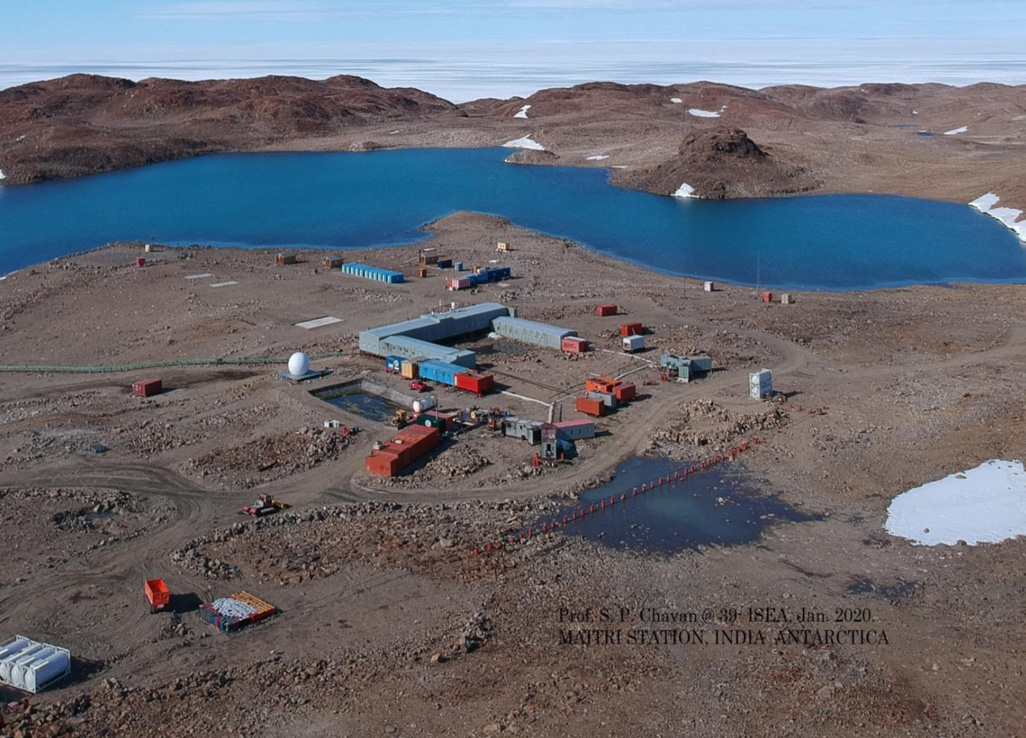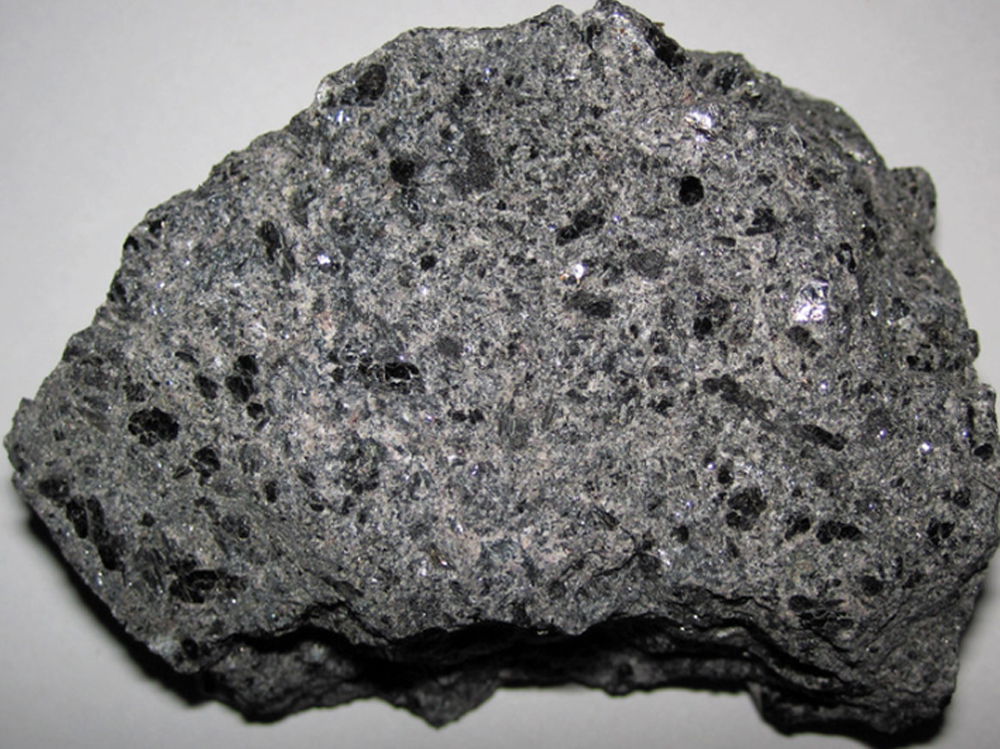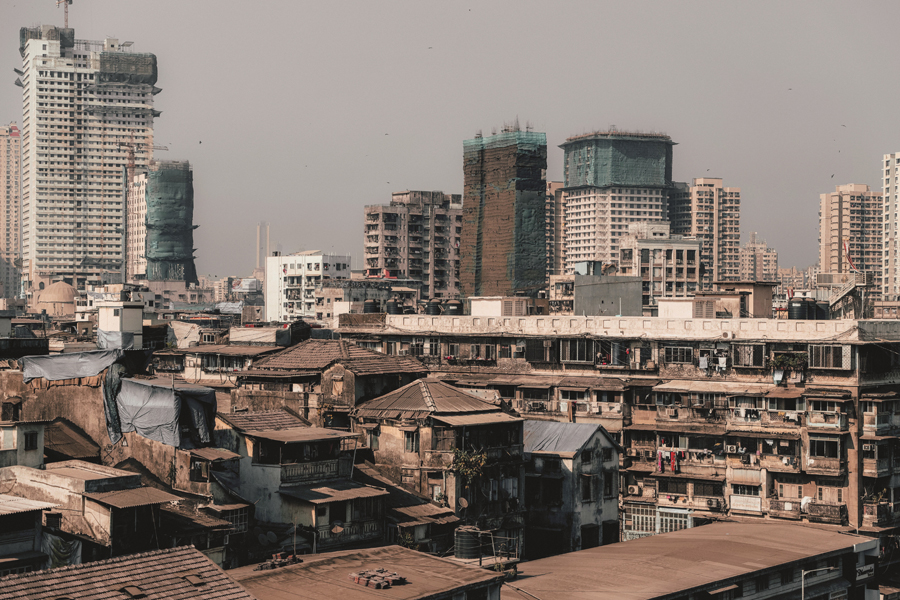Disaster Resilience Journey to Sustainable India-2030



India is set to embark on a new chapter in its Polar exploration journey with the construction of Maitri II. The Indian government plans to establish a new research station near the existing Maitri ba...
.png )
The Deep Ocean Mission (DOM), approved by the Government of India in 2021 under the Ministry of Earth Sciences (MoES), represents a strategic step in realizing Sustainable Development Goal 14 (SDG 14:...

China recently announced restrictions on the export of seven rare earth elements (REEs), soon after US President Donald Trump decided to impose tariffs. As the world's dominant supplier—responsible fo...
Planning and implementing disaster risk reduction requires integration pathways and appropriate tools. The transition from Hyogo Framework for Action to the Sendai Framework for Disaster Risk Reductio...
Disasters have been inflicting heavy damage in terms of deaths, injuries, destruction of our habitat and economic activity. While over the last two decades India has much to share about its successful...
Coastal zones are facing multiple anthropogenic challenges, including the encroachment of water bodies, which hamper their flood resilience capacity. The recent floods in the coastal cities of Mumbai,...
India is undergoing rapid urban expansion. With increasing population, rapid development and infrastructure growth, urban sprawls are the new hotspots of disaster. The article focuses on the Tier II c...
Planning and implementing disaster risk reduction requires integration pathways and appropriate tools. The transition from Hyogo Framework for Action to the Sendai Framework for Disaster Risk Reduction has brought focus on specific goals, integrating climate change adaptation and environment-disaster linkages—mainstreaming it across all developmental sectors. This paper examines emerging issues of...

Disasters have been inflicting heavy damage in terms of deaths, injuries, destruction of our habitat and economic activity. While over the last two decades India has much to share about its successful response in terms of minimising life loss—infrastructure damage however, have remained very high. The economic impact of these extreme events are required to be evaluated, particularly in the light o...

Coastal zones are facing multiple anthropogenic challenges, including the encroachment of water bodies, which hamper their flood resilience capacity. The recent floods in the coastal cities of Mumbai, Chennai and Kochi are examples. Even though India put in place the Coastal Regulation Zone (CRZ) Notification in 1991, its enforcement is a challenge. The recent Supreme Court order for the demolitio...
